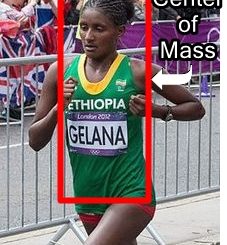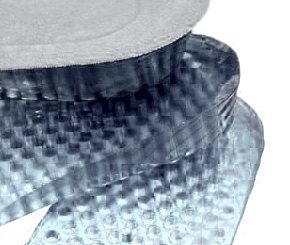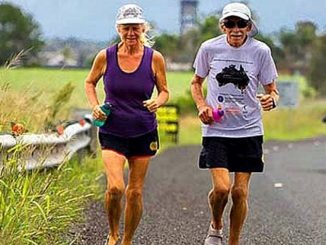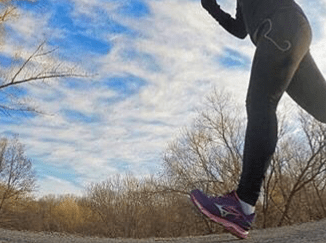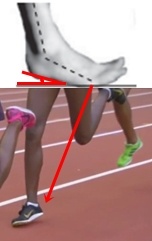
Forefoot Running and Achilles Pain
One of the few ways Achilles tendon pain may arise in forefoot running is you may be landing too high up on your toes without letting your heel drop down to the ground. This directly causes Achilles injury by placing more jarring force, loading and mechanical strain on the Achiilles, and calves. To avoid this injury, you must engage a proper forefoot strike which is a much flatter foot placement, where initial ground-contact is made on the balls of the foot, then the heel drops down to the ground, which does a better job at safeguarding the Achilles as compared with toe striking and heel striking.

